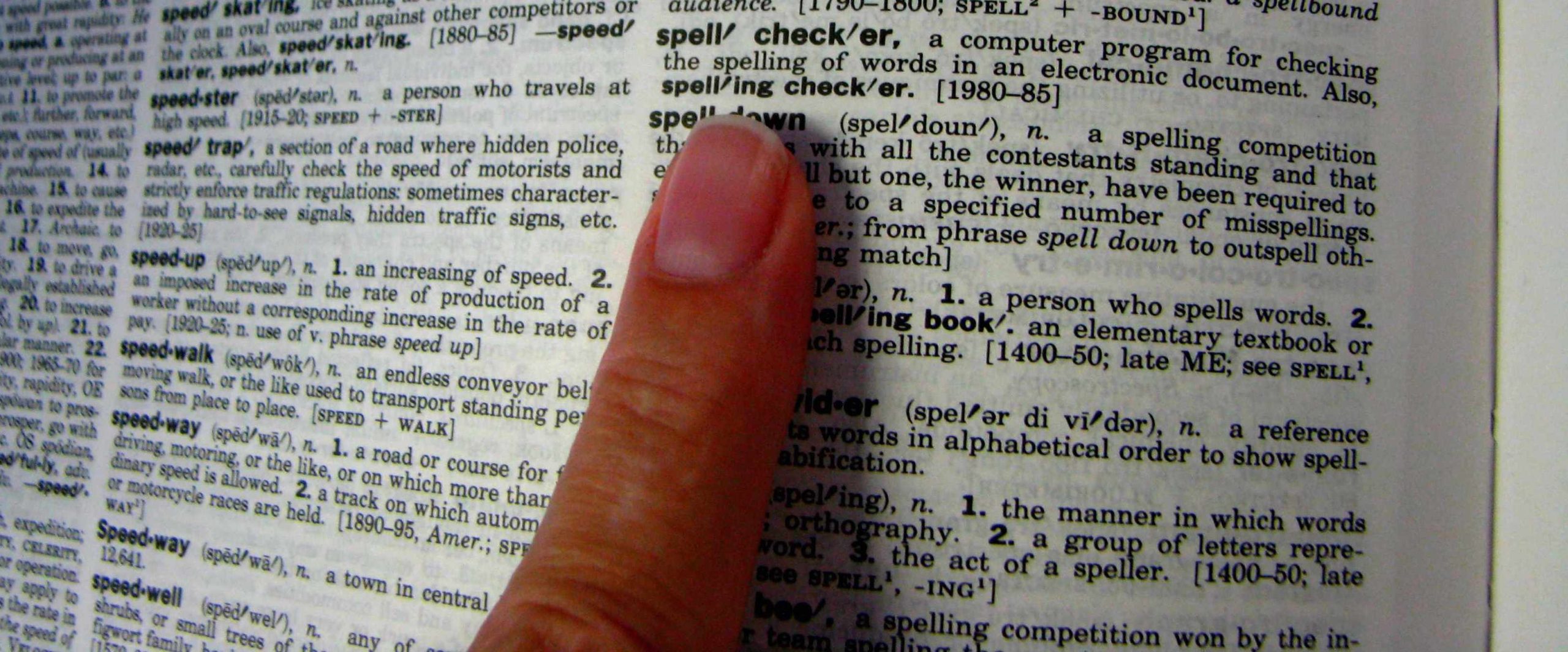The FIRE community loves a good acronym and uses quite a few terms that are not familiar to the untrained ear. Some common ones here.
4% Rule – see the 25X Rule above. 4% is the safe withdrawal rate according to many experts that has been shown to handle the ups and downs of the market over a long period of time. The 4% Rule has its roots in the work of William Bengen, who in 1994 determined that over a 50-year period an investor could safely draw down 4.2% of their retirement portfolio annually and have a high likelihood that they would outlive their money.
BaristaFIRE – see my FIRE Flavors post. BaristaFIRE is a blended FIRE retirement model where the retiree keeps a job for healthcare, modest income or other reasons. It’s a bridge between the working world and the retired world.
CoastFIRE – see FIRE Flavors. Like BaristaFIRE, CoastFIRE is being capable of retiring (one’s financial independence threshold has been reached) but deciding to work because it’s easier to “coast” and retain the income while waiting for a compelling event (company acquisition, new boss, change in role) that forces their FIRE hand.

DINKs – Dual Income, No Kids. Just what it says – couples where each partner works but there are no kids. Obvious examples are young couples, gay couples, empty nesters, and other childless couples. Marketers love this demographic for their disposable income and lack of child-related expenses. They tend to spend more on luxury items, travel and other extraneous goods.
ETFs – exchange traded funds. A security that includes a “bundle” of underlying securities (stocks, bonds, commodities). ETFs have made it easier for consumers to own a piece of the market without needing a high-fee mutual fund or a large out-of-pocket investment. Often ETFs will track a specific index – some popular ones include the SPDR S&P 500 ETF (SPY) which tracks the S&P 500 and the Vanguard High Dividend Yield ETF (VYM).
FI – Financial Independence (often abbreviated FI). Not having to work for a living. Having made enough money that you no longer need to have a job in order to support your family / lifestyle.
FIRE – see FIRE Flavors. Financial Independence, Retire Early. Earning enough passive income to be achieve financial independence at an early age and retire earlier than traditional methods allow.
Geographic Arbitrage – geographic arbitrage is essentially taking advantage of the differences in price between high cost of living (HCOL) areas and low cost of living (LCOL) areas to your FIRE advantage. Executing premier skills (programming, financial analysis, digital marketing) that are valuable in Tier 1 cities like Seattle, San Francisco, and NYC, but executing them from a low-cost, low-tax environment (Texas, the Midwest, or overseas countries like Thailand). FIRE proponents have found geographic arbitrage to be a great way to accelerate their plans – either pre-retirement or post-RE.
HCOL – High Cost of Living. A big factor in the FIRE Movement is keeping your expenses in check and to avoid lifestyle creep. In cities where the cost of living is high (New York City, San Francisco, London, etc), expenses are higher across the board. In these HCOL cities, housing, taxes, transportation, and food are notably higher than average. Achieving traditional FIRE in a HCOL area is not impossible, but it’s certainly harder.
Lifestyle Creep – Lifestyle Creep, sometimes called Lifestyle Inflation, is when one’s living expenses increase in line with (or surpasses) one’s income. FIRE preaches keeping lifestyle creep in check — increase income, save / invest, reduce expenses.

LCOL – Low Cost of Living. While there is no concrete definition, LCOL areas tend to have affordable housing, low taxes, and low transportation + food costs. These could be areas in the US (Arkansas – low transportation costs, Tennessee – no state income taxes) or around the world (Portugal, Malaysia, Costa Rica).
MCOL – Medium Cost of Living. Cities like Louisville, Atlanta, or Columbus OH in the US. Not cheap, but not prohibitively expensive.
Semi-Retirement – retired, but not. Working part-time jobs, seasonal or contract work as a means to earn income or stay occupied in retirement.



